Aquamarine is a kind of beryl, along with emerald. When you look close enough, aquamarine (and emeralds, and all other members of the beryl family) look like this:
Be3Al2(SiO3)6
The blue-green coloration of aquamarine in particular is due to the presence of Fe2+ and Fe3+ ions in that mix. Note that these ions are different from iron oxides, which are associated with warm colors, such as the orange in carnelian and red aventurine, or the brown in mahogany obsidian.
On its own, Fe3+ will produce a golden yellow color, but Fe2+ produces a pale blue. The combination of the two results in the light blue-green gemstone named after the water of the ocean (from the Latin aqua marina).The first recorded use of "aquamarine" for this particular kind of beryl dates back to 1609, but names for it have always likened it to the color of water and the sea.
Aquamarine comes in a variety of shades and hues; it depends very much on the balance between Fe2+ and Fe3+ ions. The darkest blue is called maxixe, or blue beryl. It's named after the Maxixe mine in Brazil where it was first discovered, though it is often found in Madagascar as well. The dark blue of maxixe is due to radiation, and it will fade easily in sunlight.
Aquamarine is a relatively hard gemstone. It ranks between 7.5 and 8 on the Mohs scale (depending on the specimen), so it's a great stone to use in rings, pendants, bracelets, and other pieces that tend to see a lot of abuse. If you're stringing, be careful not to put it right next to anything too much softer than it, such as pearls.
Often times, aquamarines are heat-treated to enhance their color. It (and other beryls) are also irradiated with high-energy waves to change or deepen their natural color. In particular, it removes greenish undertones to make it a clearer blue.
Perhaps the most impressive aquamarine ever found is the Dom Pedro, a record-breaking specimen discovered in Brazil in the 1980s. Cutting it took German master Munsteiner six months. He worked no more than two hours a day, so as to keep his mind clear (and hand steady). The final result is a gorgeous crystal over a foot tall and nearly 5 pounds. It is the largest cut aquamarine in the world.
Because of its color and association with the sea, aquamarine has long been a stone valued by sailors and worn for good luck and to guard against seasickness.
In a use not quite as intuitive to us today, aquamarine was touted as a remedy against poison in the Middle Ages. Other stones used for similar purposes had to be crushed into powders and consumed for the desired (imaginary) effects; aquamarine was thought to retain its powers whole, so long as the person was carrying it. As a result, aquamarine found its way into lots of royal jewelry and adornments (since there was always a lot of poisoning going on in all of that palace intrigue).
Whatever the purpose, in earlier times the greener variety of aquamarines were more popular than the bluer ones, whereas today people prefer the clear, sky blue as exemplified by the Dom Pedro aquamarine.
Let's wrap things up with some lovely aquamarine items I found on Etsy:
'Awesome Aquamarine' by Kokoba
Sponsored by send bulk email from excel.



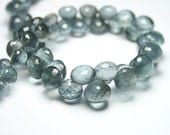

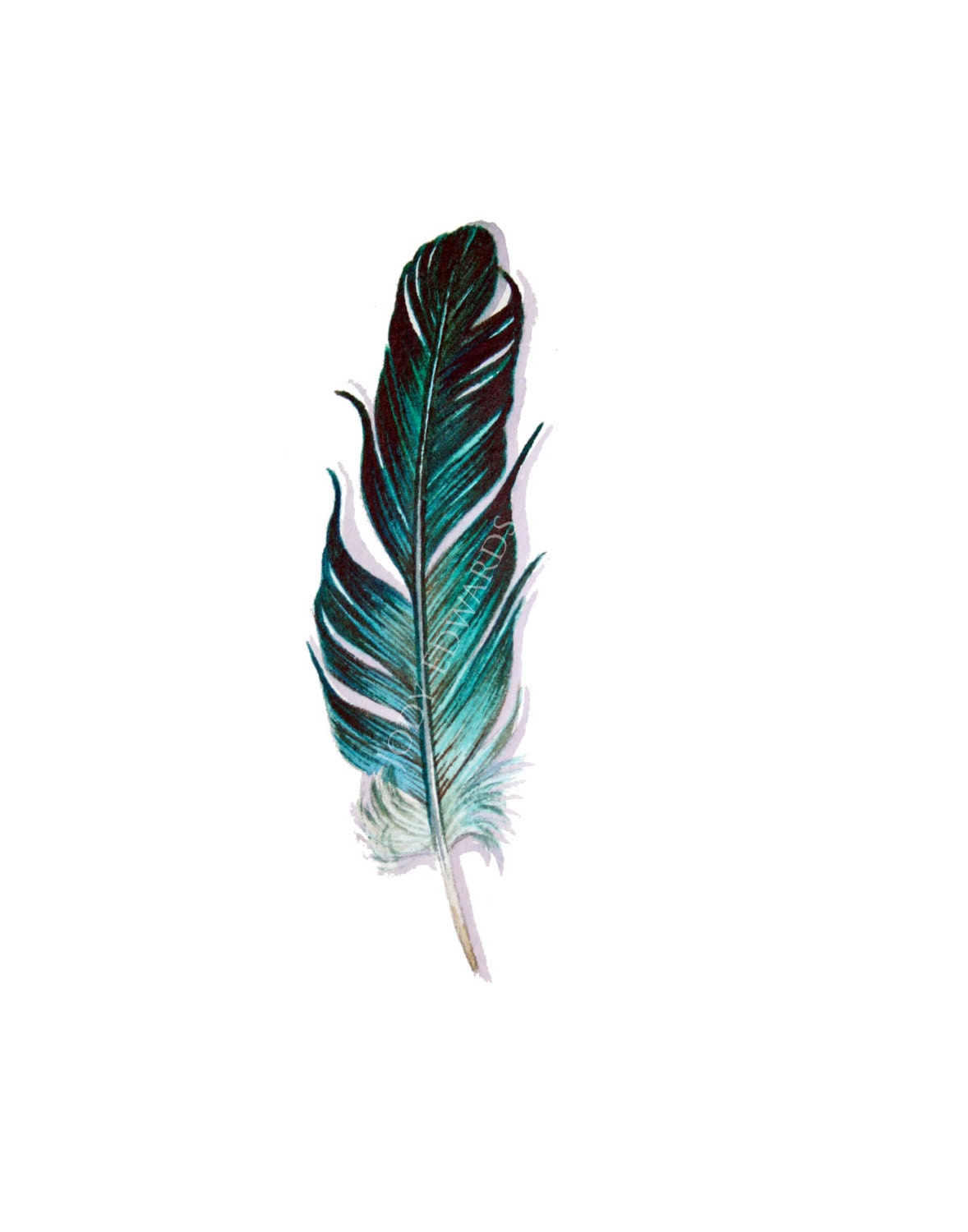

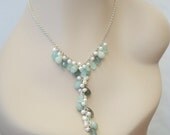
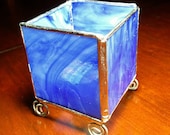
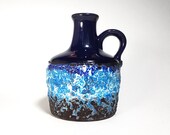

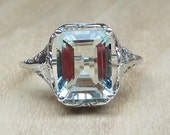
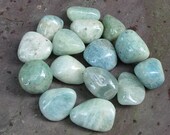
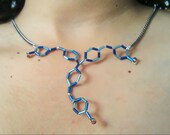
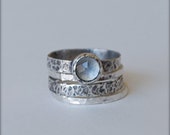
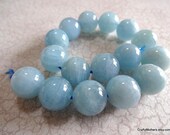
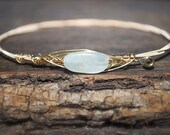
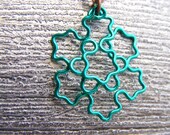
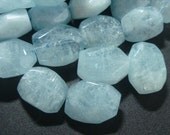
No comments:
Post a Comment